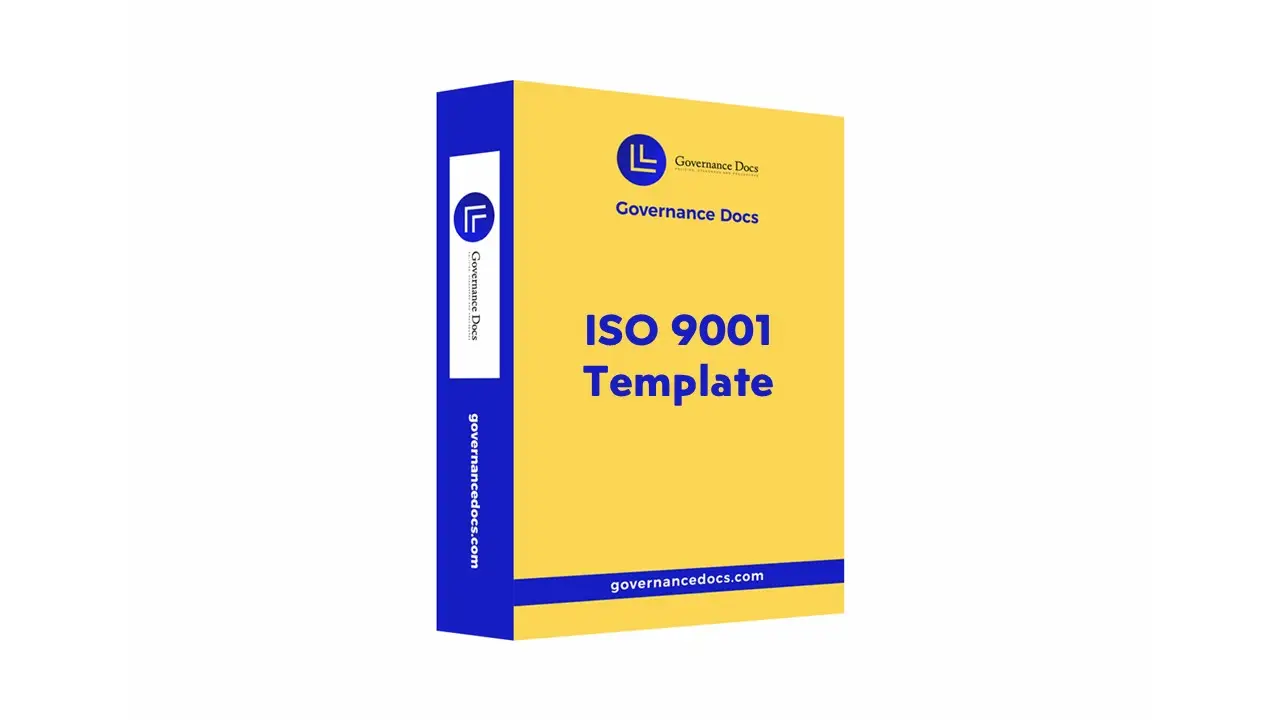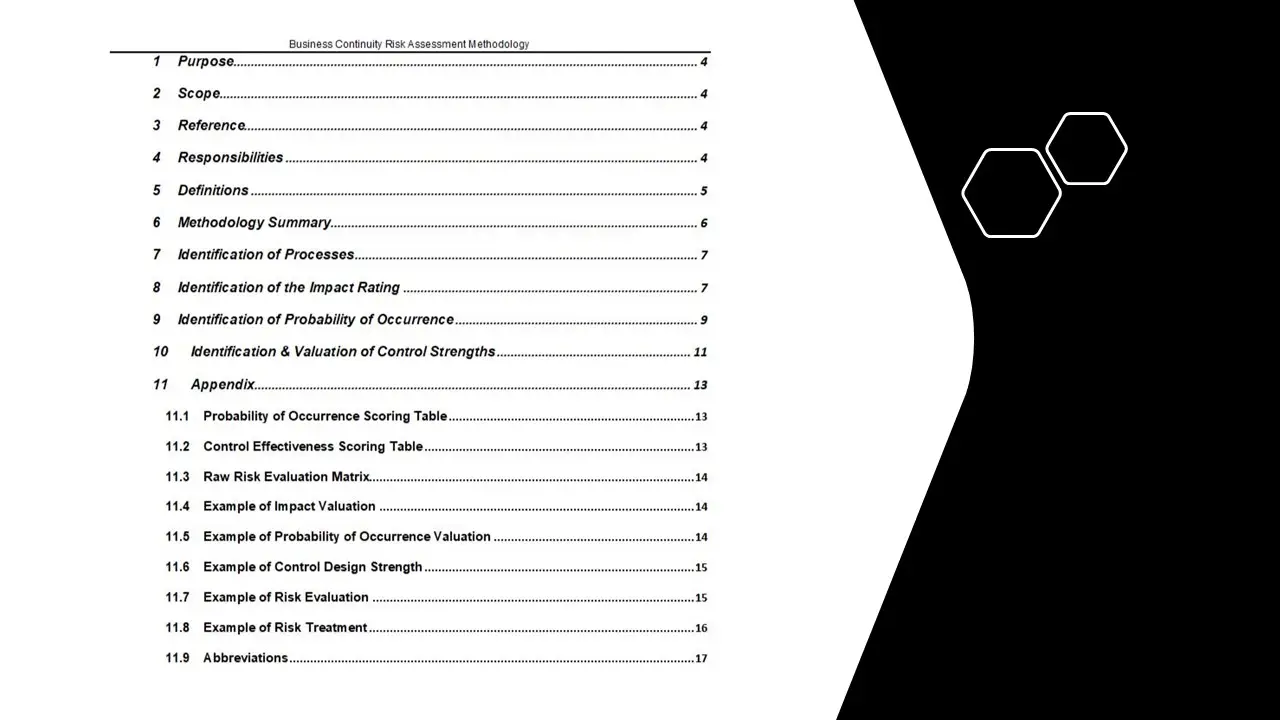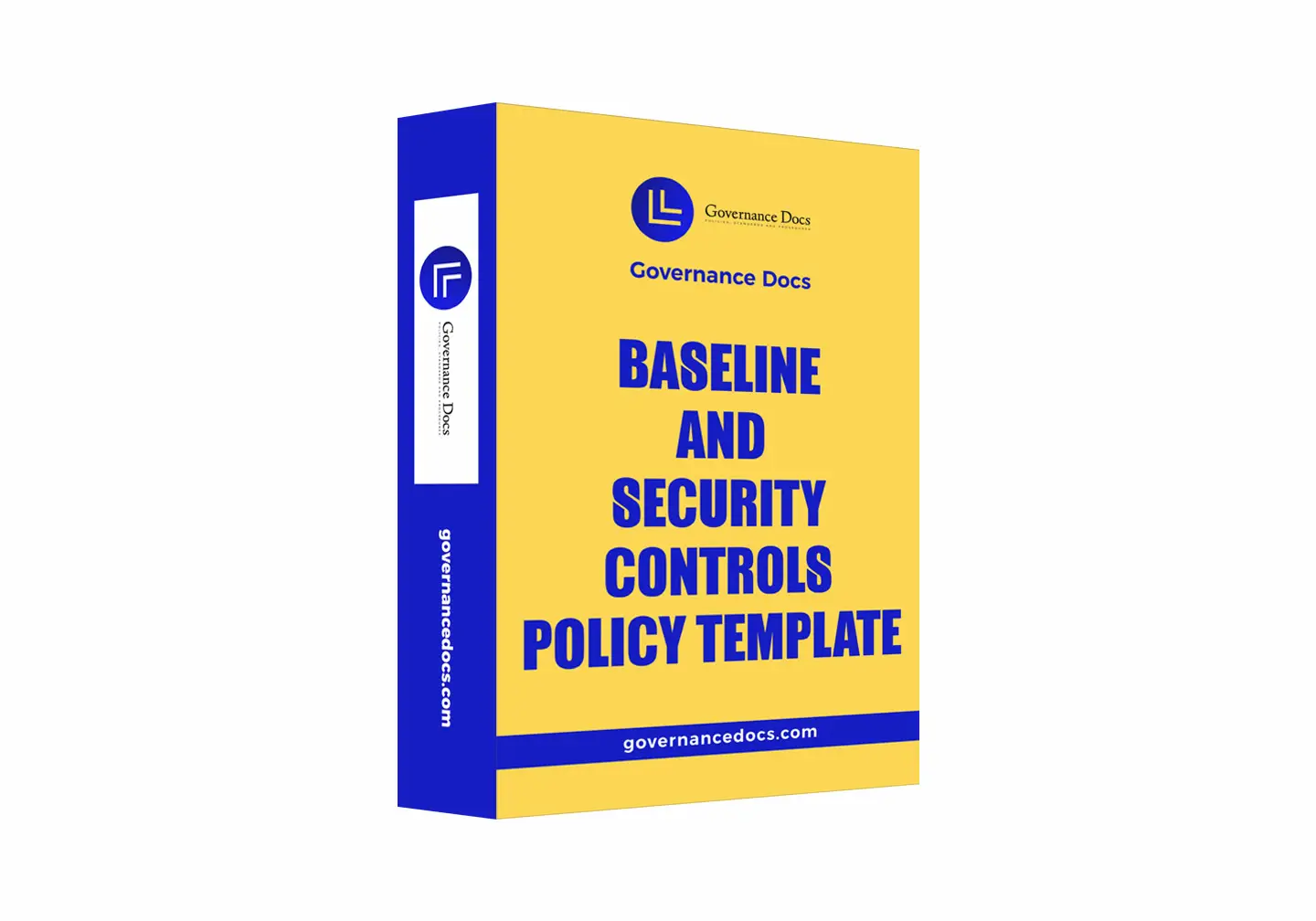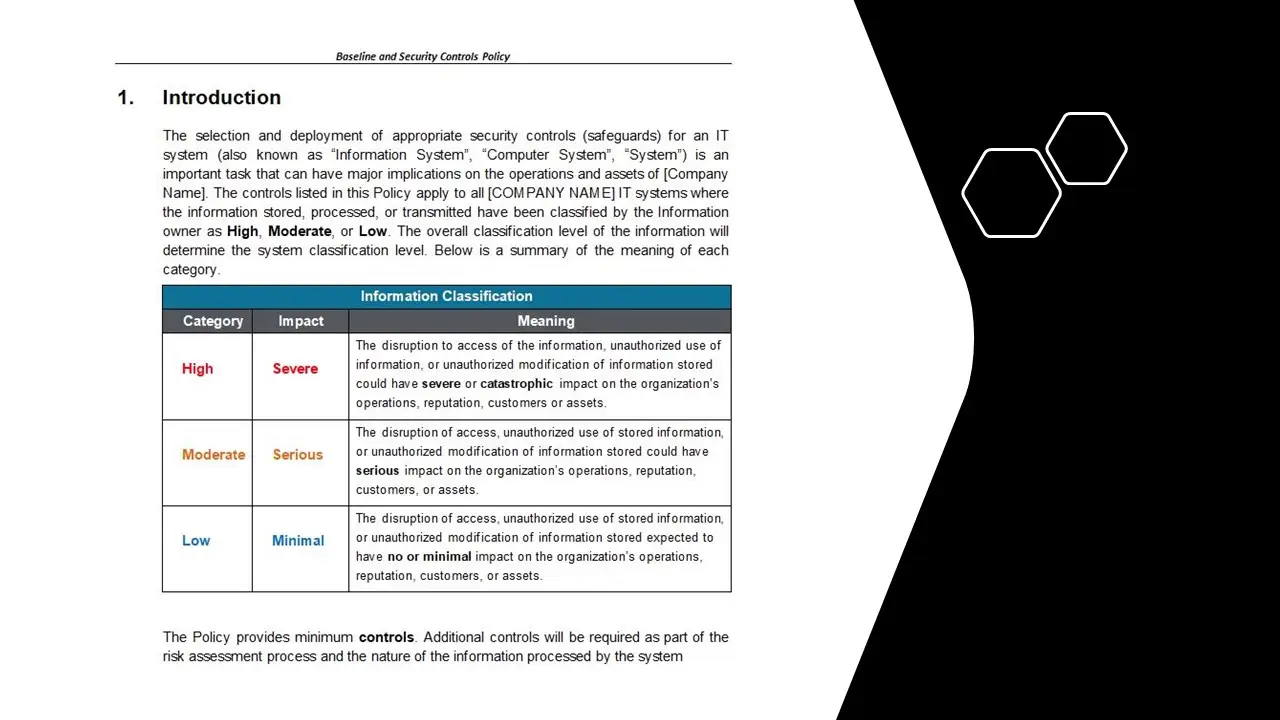Procedure for Control of Documented Information
In the intricate world of quality management systems, where precision and compliance are paramount, the “Procedure for Control of Documented Information” emerges as a beacon of order and efficiency. This meticulously crafted procedure, identified by the number 8022, serves as the backbone for managing and controlling documented information within any Quality Management System (QMS), ensuring unwavering adherence to ISO 9001 standards.
Imagine a bustling organization, where every department is a cog in the grand machinery of success. Here, documented information is not just paperwork; it is the lifeblood that fuels decision-making, compliance, and continuous improvement. The Procedure for Control of Documented Information is the unsung hero that orchestrates this symphony of data, ensuring that every note is in harmony with ISO 9001 compliance.
At its core, this procedure is a structured framework that transforms chaos into clarity. It delineates the processes for creating, updating, and controlling documents, ensuring that every piece of information is accurate, accessible, and secure. With this procedure in place, organizations can bid farewell to the days of misplaced documents and outdated information. Instead, they embrace a future where every document is a reliable source of truth, readily available at the fingertips of those who need it.
The key features of this procedure are as robust as they are transformative. It provides a comprehensive roadmap for document approval, distribution, and retrieval, ensuring that only the most current and relevant information circulates within the organization. It establishes clear guidelines for document retention and disposal, safeguarding sensitive information while promoting environmental responsibility. Moreover, it integrates seamlessly with existing systems, minimizing disruption and maximizing efficiency.
The benefits of implementing the Procedure for Control of Documented Information are manifold. For organizations striving for ISO 9001 compliance, it is an indispensable tool that simplifies audits and inspections, providing clear evidence of adherence to international standards. It enhances operational efficiency by reducing the time spent searching for documents and minimizing errors caused by outdated information. Furthermore, it fosters a culture of accountability and transparency, empowering employees to take ownership of their roles within the QMS.
The value proposition of this procedure is undeniable. It is not merely a set of instructions; it is a strategic asset that propels organizations toward excellence. By ensuring that documented information is meticulously controlled and managed, it enables organizations to make informed decisions, mitigate risks, and seize opportunities with confidence. It is a testament to an organization’s commitment to quality, a promise to stakeholders that every action is backed by reliable data and sound judgment.
In the realm of All Products and ISO 9001, the Procedure for Control of Documented Information stands as a testament to the power of structure and discipline. It is a narrative of transformation, where chaos gives way to order, and uncertainty is replaced by clarity. For any organization seeking to navigate the complexities of quality management with precision and poise, this procedure is not just a tool; it is a trusted ally on the journey to success.
All GovernanaceDocs documents are developed based on well-known standards such as NIST CSF, ISO 27001, ISO 22301, PCI-DSS and HIPAA.
Hence, You just need to download and selected document and add your company name and logo.










Reviews
There are no reviews yet